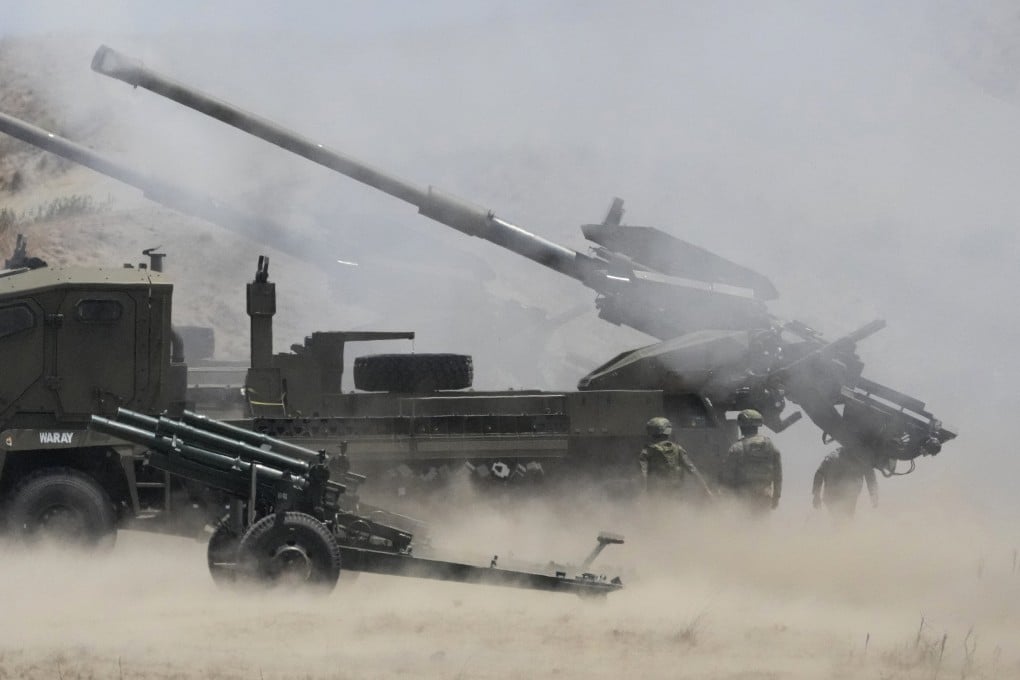The China threat is finally prompting the Philippines to step up military modernisation. Will it succeed?
- The armed forces’ modernisation, spurred by maritime skirmishes with China, has seen it acquire military assets and revamp its defence strategy
- Analysts say the change is still a slow work in progress, hampered by years of previous failed efforts and missed military procurements

For decades, Filipinos shared a sarcastic joke about their country’s military air power: the Philippine Air Force, it went, had air but no force.
Possessing neither fighter jets nor missiles, the air force relied on propeller-driven aircraft that seemed to belong to a bygone era. The other armed services were little better. The navy was built around venerable rust buckets – one of them, a third-hand World War II landing craft, found its best use as a wreck deliberately run aground to assert a territorial claim. The army had no tanks, no modern heavy weapons and relied on towed artillery.

Colonel Xerxes Trinidad, chief of the armed forces’ public affairs office, told This Week in Asia that the modernisation programme had led “to the acquisition of never-before-seen defence equipment which has spurred big changes to the [armed forces] – it is now more modern and capable compared to the last 15 years”.

